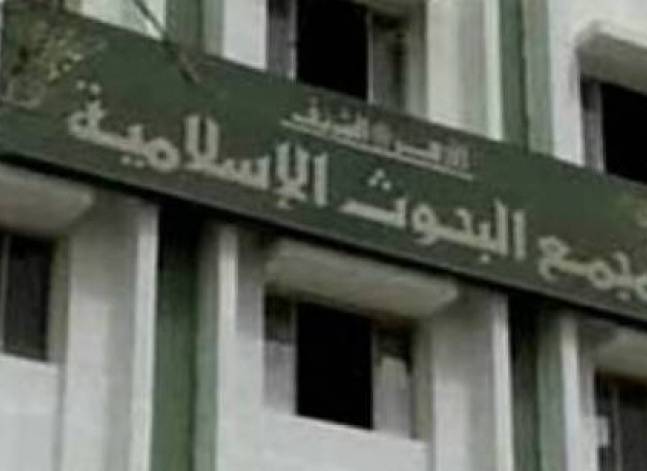Latest NEWS
- Aswat Masriya, the last word
- Roundup of Egypt's press headlines on March 15, 2017
- Roundup of Egypt's press headlines on March 14, 2017
- Former Egyptian President Hosni Mubarak to be released: lawyer
- Roundup of Egypt's press headlines on March 13, 2017
- Egypt's capital set to grow by half a million in 2017
- Egypt's wheat reserves to double with start of harvest -supply min
- Roundup of Egypt's press headlines on March 12, 2017
For large prostates, quartz head laser ablation is effective - Egyptian research

Cairo Hospital - Reuters
By Lorraine L. Janeczko
NEW YORK (Reuters Health) - Quartz head laser ablation using a 980-nm laser is a safe and effective way to manage benign hypertrophy of large prostates, according to new research from Egypt.
The procedure carries no added risk for large prostates compared with small prostates and can be a good alternative to open prostatectomy, especially in men with significant comorbidities, the authors reported online December 5 in Urology.
"This approach should be more widely adopted for men with a large prostate since it is very effective, with minimal complications and side effects. Additionally, it can be used in patients with concomitant cardiac, liver, renal, or bladder diseases," wrote lead study author Dr. Hassan S. Shaker of Ain Shams University in Cairo, in an email to Reuters Health.
The outcome of quartz head laser ablation of the prostate (QLAP) "is equal to open prostatectomy and holmium laser enucleation of the prostate (HOLEP) without the complications or drawbacks. Open prostatectomy has significant complications, while HOLEP is plagued by the long steep learning curve, which may result in complications while learning," he wrote.
Dr. Shaker and colleagues studied 210 men over age 50 with lower urinary tract symptoms secondary to benign prostatic hypertrophy (BPH). All of the men had International Prostate Symptom Scores (IPSS) over 10 and had either failed medical therapy or had an absolute indication for surgical intervention. In each case the uroflow rate was <15 mL/sec.
The researchers stratified the men by prostate volume: <80 mL (n=120; mean 54.96 mL) or larger (n=90; mean 124.68 mL).
Except for prostate size, the groups were well-matched according to demographics and preoperative data.
Over almost three years, all patients underwent the QLAP procedure using a 300-watt diode laser system that emitted a 980-nm laser (Ceralase 300; Biolitec AG, Jena, Germany) delivered through a quartz head contact fiber.
The operative time corrected to gland volume was shorter in the large-gland group (0.71 vs 0.79 min/mL; p <0.05).
In both groups, electrolyte change wasn't significant, and hemoglobin was minimally decreased.
In the small prostate group, all patients required just one fiber during the procedure. In the large gland group, 23% needed two fibers.
At 6 months post-op, prostate size decreased by 47.0% in the small-gland group and by 62.7% in the large-gland group.
And both groups had "high statistical significant improvement" in symptoms, urine flow, and quality of life.
Dr. Shaker wrote in an email, "After performing more than 1,000 cases of QLAP, and with my previous experience in different kinds of lasers since 1994," the procedure "is the ideal treatment of benign prostatic enlargement. It can be used as well in the treatment of bladder tumors, renal pelvic tumors and in partial nephrectomy."
He said the two drawbacks of QLAP are the lack of a histopathological specimen at the end of the procedure and slightly higher irritation in the early post-op period, and added that he and his colleagues are exploring these areas for future study.










